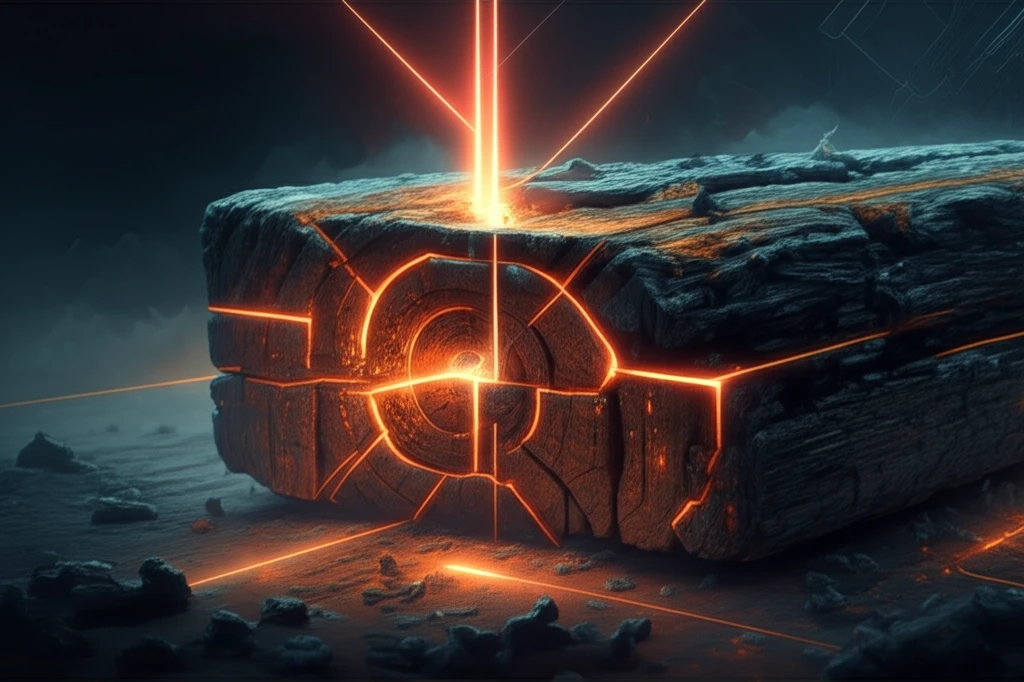
Unlocking the Secrets of Ancient Timber: How Laser Scanning is Revolutionizing Structural Assessments
"Discover how cutting-edge laser and drilling technology is helping preserve our architectural history by providing unprecedented insights into the condition of old timber beams."
For centuries, timber has been a cornerstone of construction, particularly in historical buildings. From the grand roofs of castles and churches to the humble frames of houses, timber's enduring presence speaks to its versatility and strength. However, time and the elements take their toll, leaving many old timber structures with damaged, decaying, and weakened elements.
Assessing the structural integrity of these aged beams presents a unique challenge. Traditional methods can be invasive, potentially causing further damage. Surfaces are often hidden, cross-sections irregular, and decay concealed within the wood itself. That's where innovative technologies like laser scanning and drilling resistance tests come in, offering a new approach to timber assessment.
Imagine being able to 'see' inside a timber beam without cutting into it, to map its hidden decay and assess its true strength. This article delves into how these non-destructive and semi-destructive techniques are being combined to revolutionize the way we understand and preserve our precious timber heritage, ensuring these structures stand strong for generations to come.
The Power Duo: Laser Scanning and Drilling Resistance Explained

The key to this revolutionary approach lies in the synergistic combination of two powerful techniques. Each method provides unique data, and together they offer a comprehensive picture of a timber beam's condition.
- Laser Scanning (LiDAR): Think of it as creating a 3D map of the beam's surface. A laser scanner projects a beam of light onto the timber, measuring the distance to countless points. This creates a "point cloud," a detailed digital representation of the beam's shape and dimensions. Laser scanning is particularly useful for capturing irregular cross-sections and identifying deformities.
- Drilling Resistance Tests: This semi-destructive method involves drilling a fine needle into the wood at a constant speed. The device measures the resistance encountered by the drill, providing a profile of the wood's density and integrity. Areas of decay or internal voids offer less resistance, revealing hidden weaknesses within the beam.
A Stronger Future for Timber Heritage
The integration of laser scanning and drilling resistance tests represents a significant leap forward in the field of timber assessment. This innovative approach provides a more accurate, less invasive, and ultimately more effective way to evaluate the condition of old timber structures. By embracing these technologies, we can ensure that these historic structures continue to stand tall, preserving our cultural heritage for generations to come. The ability to accurately assess the health of these structures means better informed conservation efforts, targeted repairs, and ultimately, a longer lifespan for these invaluable pieces of our history. As technology advances, we can expect even more sophisticated methods to emerge, further solidifying the role of innovation in preserving our past.
